Yes, it can be loud. Yes, it can disrupt a peaceful morning. But do you know what? Young children are going to find something to pound on, whether you give them a drum or not. As we have discussed previously in Learn With Less episodes, often, rhythmic movement of the hands appears alongside the emergence of babbling (consonant-vowel combinations) in infants. Having a drum around – whether it’s a box, an upside down bowl, a pot, or a “real” drum, can encourage this experimentation with movement, and support an infant or toddler’s development – not only in the realm of motor skills, but also communication, social/emotional development, and social cognition, which we spoke about in this week’s corresponding podcast episode, A Theory of the Mind.

Drums can be used in so many different ways – they can make very small or very big sounds; they can be used by one person, two people, or an entire group; they can set the stage for a musical experience by creating “mood” or can be the central activity. In our case, the drum can be a wonderful took to help develop imitation, joint attention, and “theory of mind,” or the ability to take another’s perspective. One of the key skills involved in the development of theory of mind in the infant and toddler years is the ability to pay attention to others and imitate them. We know that infants are naturally imitative – we see their desire to imitate our facial movements even in their first days and weeks. As we layer rich experiences and interactions over time, infants and toddlers develop the sense that what we do can inform what they can do with their bodies, and meaning is made through relationships.
In our corresponding episode, I modeled 3 different ways to use music and rhythm in drumming activities that encourage imitation in different age groups (with a very young infant, with an older infant, and with a toddler).
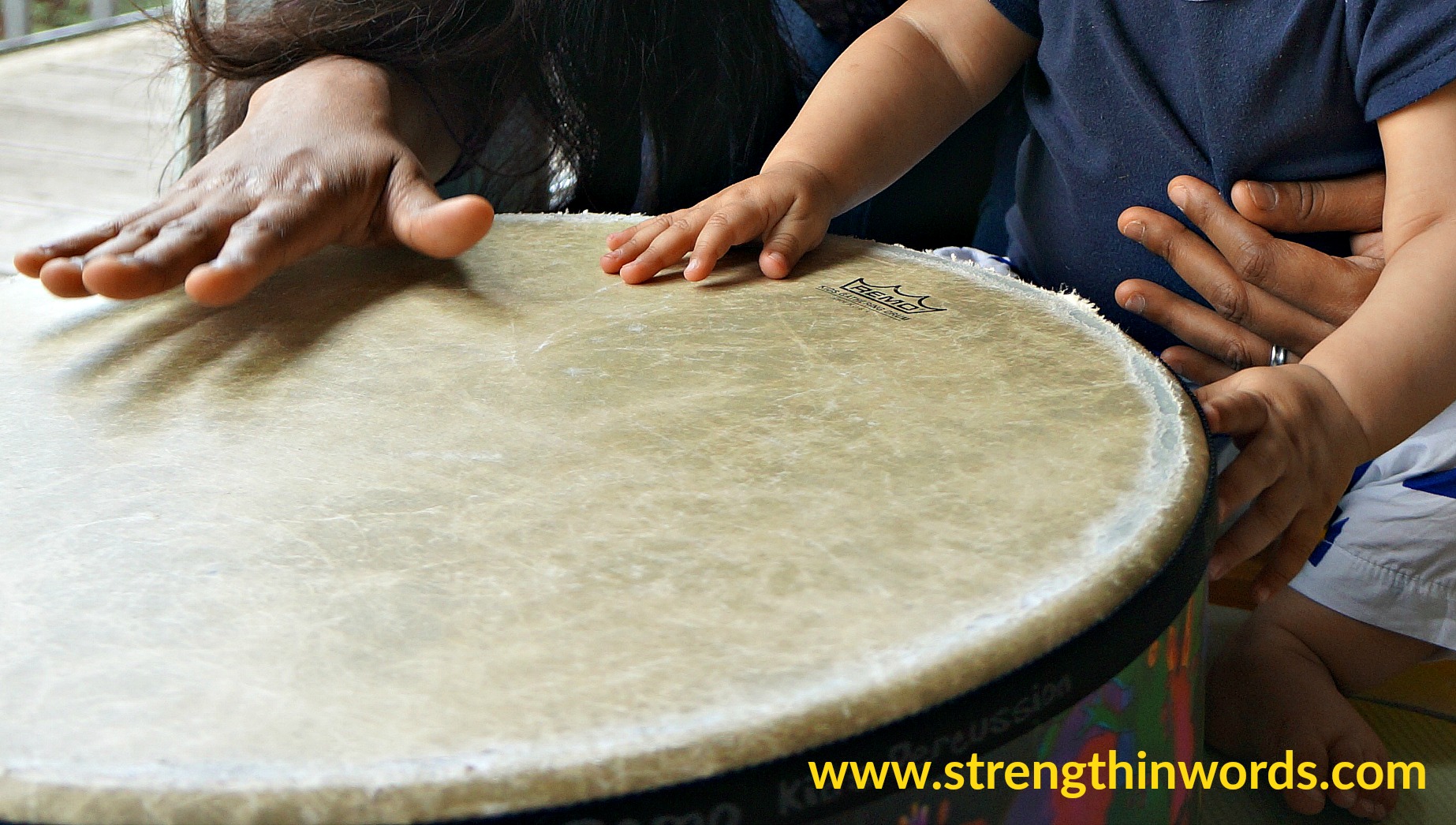
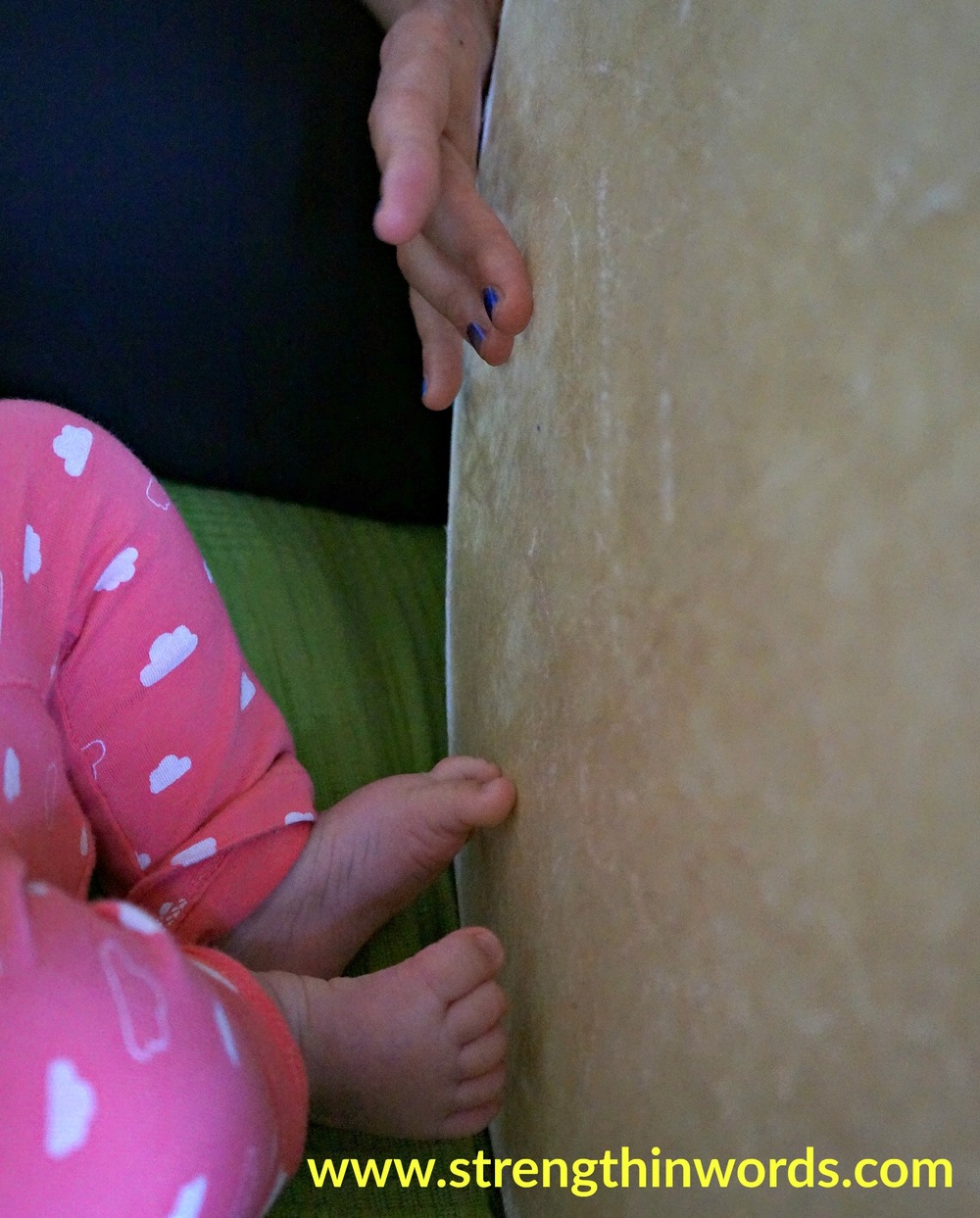
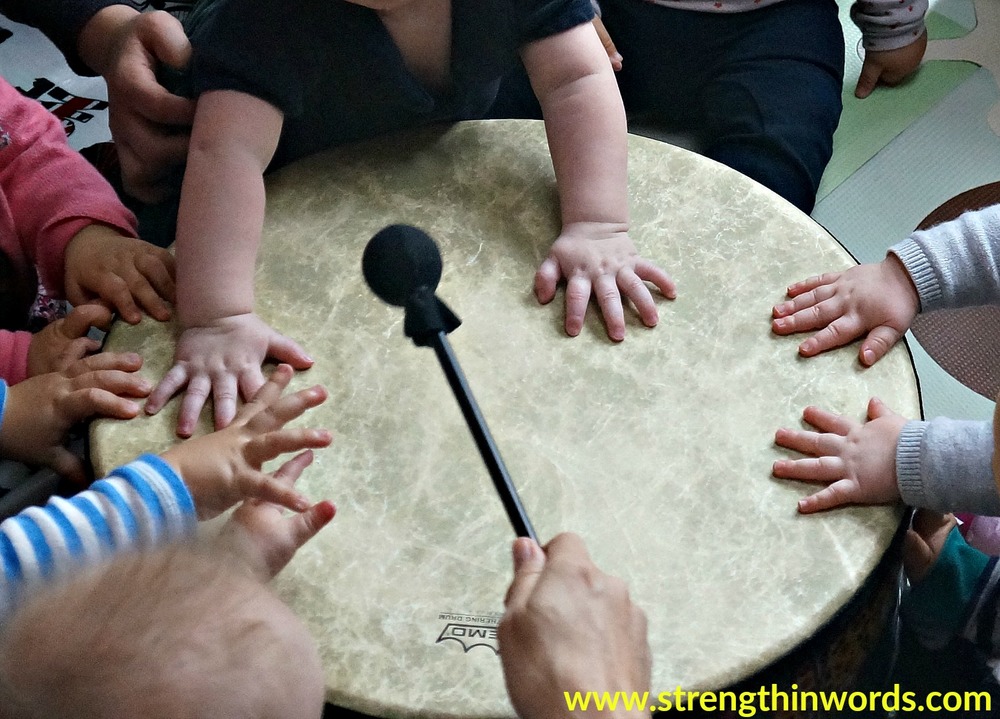
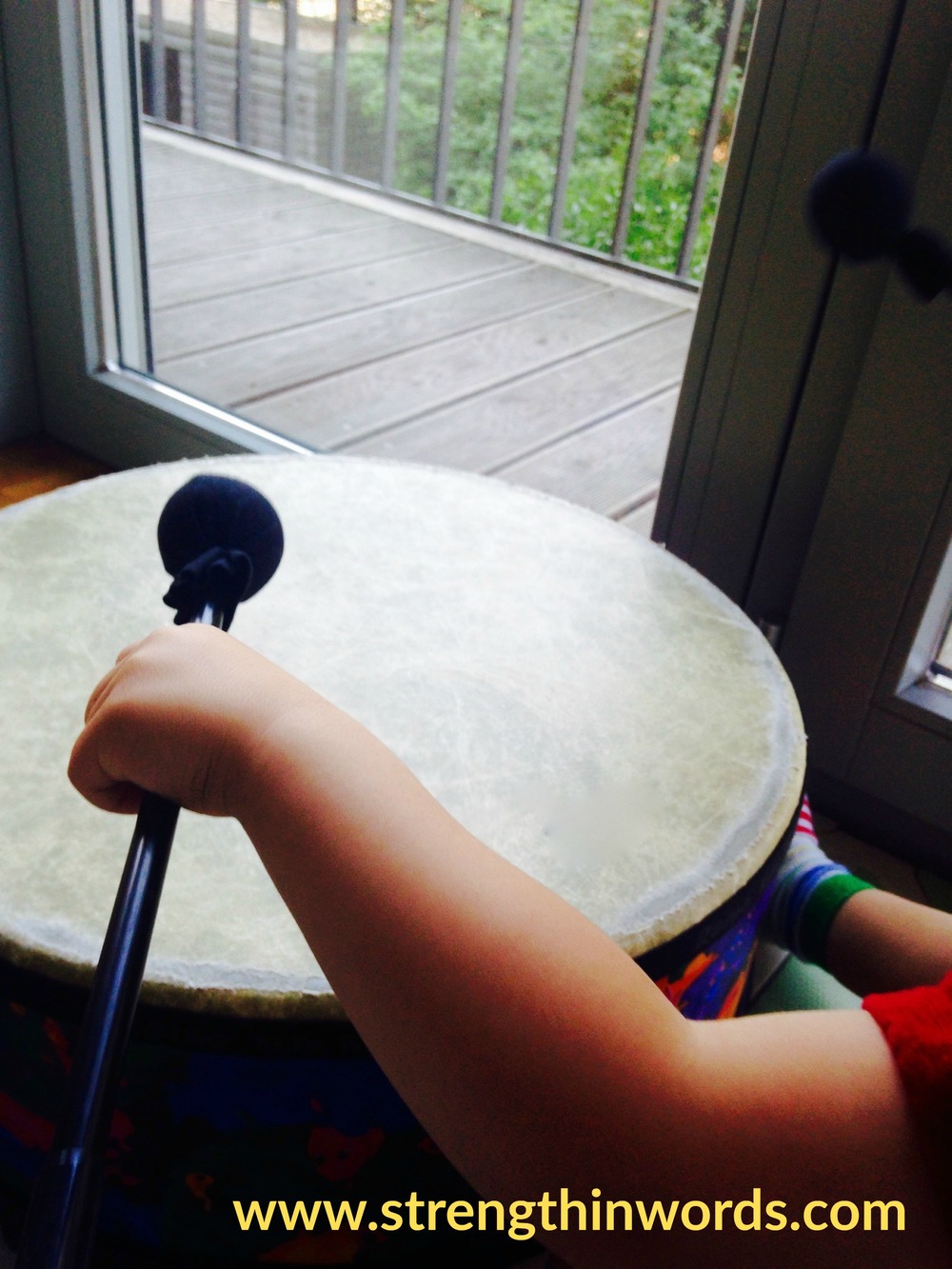
Don't Miss our Corresponding Podcast Episode!
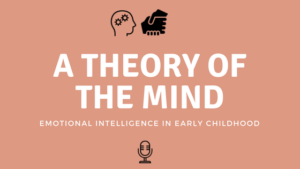
Materials to create your imitation drumming activities
- A drum (either a “real” or DIY version)
- Optional: a drum mallet (or wooden spoon)
Instructions to enjoy your imitation drumming activities
- Allow your child to explore how the drum feels and responds to her movements. Your child might want to experience the vibrations of the drum with various parts of her body not traditionally associated with “drumming” – such as her mouth, her belly, her toe (depending on age and stage)
- Imitate (and exaggerate) her movements, naming actions (i.e., you’re kicking, sliding, tapping, pounding) and providing associations (i.e., that sounds like rain, thunder, a knock on the door, a rustle under the sheets)
- Have an imitative “rhythmic conversation” and take turns drumming – your infant may offer three short beats; in return, offer three short beats back!
- Drum along to a song or nursery rhyme, and see if your little one drums along with you! No matter if she “keeps a beat” or not – her open experimentation and exposure to rhythm over time will give her a basis for her musical development. You may hear her tapping along, at times, to your rhythm, or sighing on the last note of the song you sang!
- Utilize the “cloze procedure” with familiar songs, by pausing before the last word of a phrase, as we discussed in a previous episode, The Power of the Pause. You might model a gesture or point to the word you’re singing/waiting for to give a clue.
- Experiment with “opposite” experiences – silence and noise, soft and loud, long and short, etc.
Ages
- A young infant can enjoy the texture of the drum, and you can enrich the experience by imitating her movements, giving words to them, and teaching her that these are valuable skills
- An older infant might enjoy hoisting herself up, feeling the way the drum vibrates, hearing the sounds she can make with her own body, and watching you engage as well. A tool such as a mallet or wooden spoon might be fun to explore (either in the mouth or, as it happens, on the drum).
- A toddler might enjoy moving in different ways inspired by various songs and rhythms, varying the kinds of sounds she can make, or filling in missing words to your song. She might also enjoy “stop and start” type games with the drumming, and anticipating (either in the follower or leader position) what will come next.
Keep yourself updated!

Subscribe to the Strength In Words community newsletter!
This post contains affiliate links. All activities described by Learn With Less assume close and continuous supervision of the child by an adult.
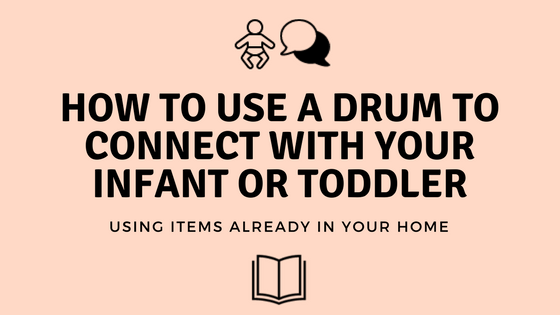
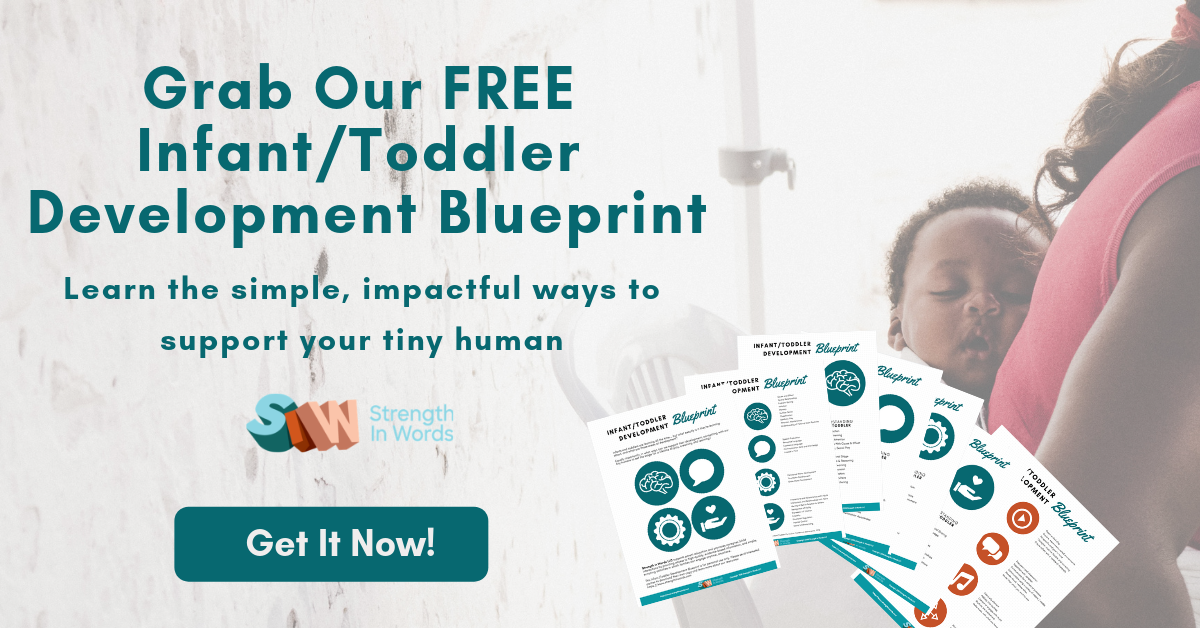
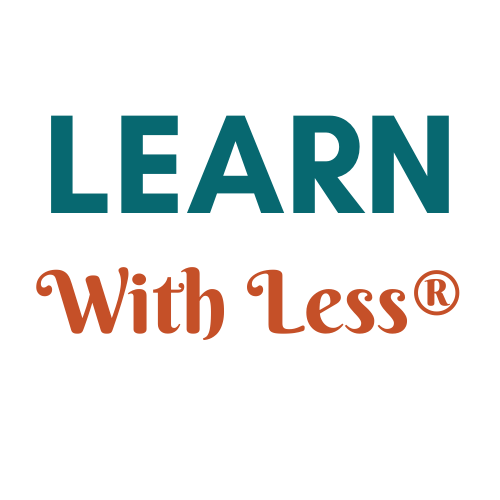
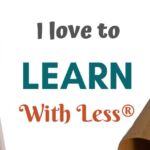




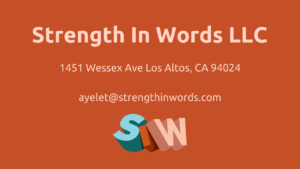
We love music here and we have a small drum and some other musical instruments. I’m going to try these great ideas with my daughter to extend our play.
Thanks for reading, Isabel! I hope you and your daughter enjoy the drumming activities together!